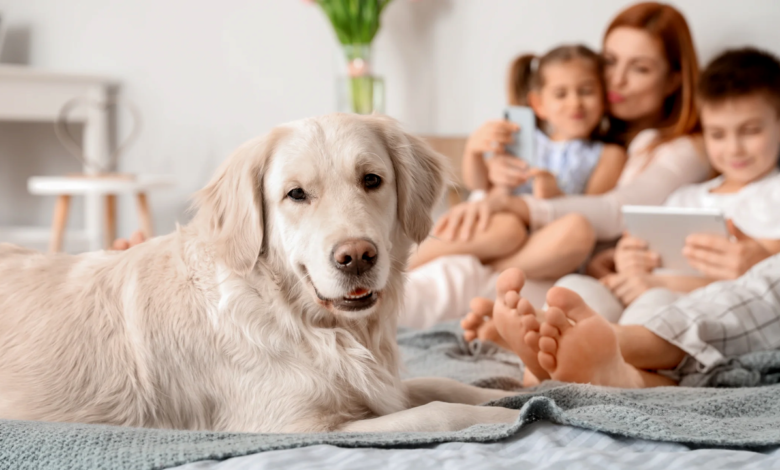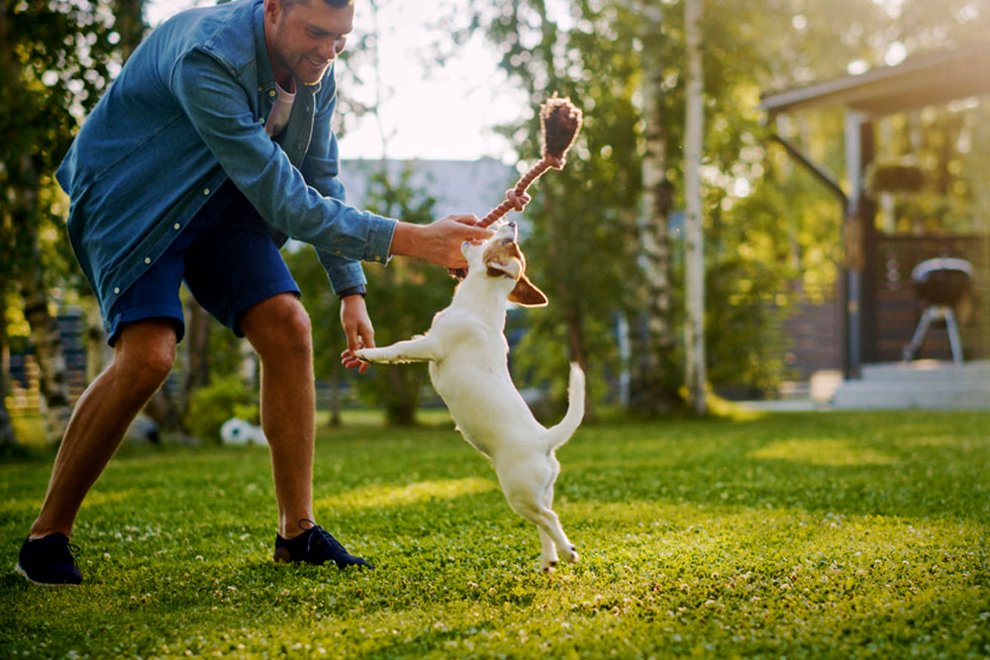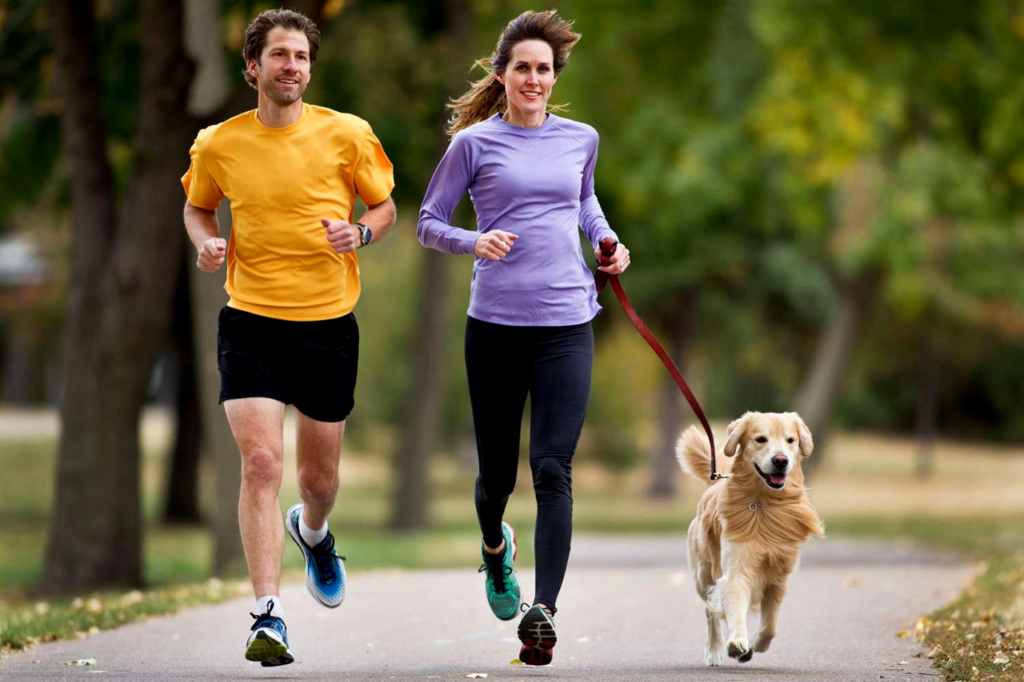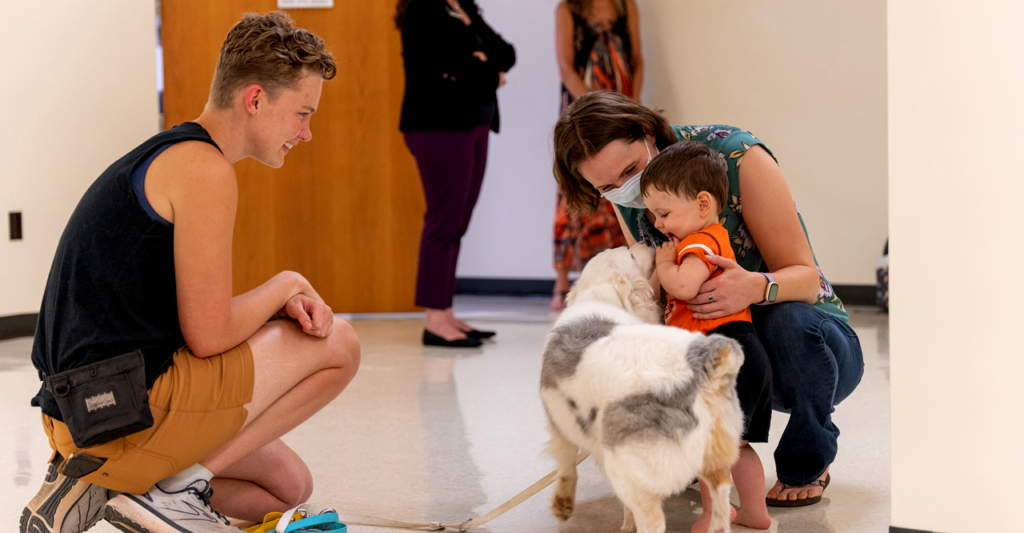
Preventing Common Pet Injuries: Safety First
Our pets are not just animals; they’re beloved members of our families. As such, ensuring their safety is of utmost importance. Every pet owner wants their furry friend to live a happy, healthy life, free from harm. However, accidents can happen, and it’s essential to be prepared and proactive in preventing them. In this comprehensive guide, we’ll delve into various aspects of pet injuries, offering practical tips and strategies to minimize the risk of common injuries.
Read More: Common Mistakes New Pet Parents Should Avoid
Creating a Safe Environment

Creating a safe environment for your pet begins with identifying and eliminating potential hazards within your home. Start by securing toxic substances such as cleaning products, medications, and certain houseplants. Additionally, keep small objects that could be swallowed out of reach, as well as electrical cords and cables that pose a chewing hazard. Consider investing in baby gates to restrict access to certain areas and provide a designated safe space where your pet can retreat when they need a break.
Supervision and Training
Supervision is key to preventing accidents, especially with young or mischievous pets. Keep a close eye on them, particularly in unfamiliar environments or situations where hazards may be present. Basic training is also essential for teaching commands like “stay” and “leave it,” which can prevent your pet from getting into trouble. Positive reinforcement techniques can help reinforce good behavior and encourage obedience.
Proper Restraint and Handling
When venturing outside the home, proper restraint and handling are crucial for your pet’s safety. Always use a leash and harness, especially in high-traffic areas or near potential dangers like roads or bodies of water. When handling your pet, use gentle, yet firm techniques to avoid causing them distress or injury. It’s also important to respect your pet’s boundaries and signals, as forcing them into uncomfortable situations can lead to accidents or aggression.
Understanding Pet Injuries and Behavior
Understanding your pet’s behavior is essential for recognizing signs of distress or discomfort. Pets often communicate through body language, so familiarize yourself with their cues to prevent misunderstandings. Changes in behavior such as excessive panting, hiding, or aggression could indicate an underlying issue that requires attention. Knowing when to seek professional help can prevent minor problems from escalating into serious injuries or illnesses.
Preventative Healthcare
Regular veterinary check-ups are vital for maintaining your pet’s health and catching any potential issues early on. Your veterinarian can provide vaccinations to protect against common diseases and recommend parasite control measures to prevent infestations. Additionally, discuss your pet’s diet and exercise regimen with your vet to ensure they’re receiving the nutrition and activity they need to stay healthy.
Nutrition and Exercise

A balanced diet and regular exercise are essential components of pet wellness. Provide your pet with high-quality food tailored to their specific nutritional needs, and avoid overfeeding to prevent obesity and related health problems. Engage them in regular physical activity, whether it’s daily walks, playtime in the yard, or interactive toys that encourage movement and mental stimulation.
Creating an Emergency Plan
In case of emergencies, having a plan in place for your pet’s care is essential. Familiarize yourself with basic first aid techniques such as CPR and wound care, and keep a pet first aid kit on hand. Know where the nearest emergency veterinary clinic is located, and have their contact information readily available. Additionally, consider microchipping your pet and keeping their identification tags up to date in case they ever become lost or separated from you.
Promoting Mental Well-being
In addition to physical health, it’s essential to consider your pet’s mental well-being. Pets can experience stress and anxiety, especially in unfamiliar or chaotic environments. Provide them with mental stimulation through interactive toys, puzzle feeders, and games that challenge their minds and keep them engaged. Establish a routine that includes plenty of quality time together, and be mindful of changes in their behavior that could indicate they’re feeling anxious or overwhelmed.
Outdoor Safety Measures
When spending time outdoors with your pet, be aware of potential hazards such as poisonous plants, sharp objects, and extreme weather conditions. Keep them on a leash and under close supervision, particularly in unfamiliar or unsecured areas. Provide them with access to shade and fresh water, and be cautious of hot pavement or surfaces that could burn their paws. Consider using protective gear such as booties or sunscreen to keep them safe from the elements.
Travel Safety
Whether traveling by car, plane, or other means, prioritize your pet’s safety and comfort. Use appropriate carriers or restraints to secure them during transit, and never leave them unattended in a vehicle, as temperatures can quickly become dangerous. Take breaks to allow your pet to stretch their legs, use the bathroom, and hydrate, and be prepared for any unexpected stops or delays along the way.
Pet-proofing Your Home
Pet-proofing your home involves identifying and addressing potential dangers that could harm your pet. This includes securing cabinets and trash cans, covering electrical outlets, and removing or securing household items that could be hazardous if ingested. Consider investing in pet-friendly furniture and decor, and provide your pet with plenty of toys and enrichment activities to keep them entertained and engaged.
Educating Others

Sharing pet safety tips with family, friends, and neighbors can help promote responsible pet ownership and prevent accidents. Encourage others to spay and neuter their pets, keep them up to date on vaccinations, and provide proper training and socialization. Be a voice for animals in your community, advocating for laws and policies that protect their welfare and promote their well-being.
Read More: How to Spot and Deal with Common Pet Allergies
FAQs
- How can I prevent my pet from getting injured at home? Regularly inspect your home for potential hazards and remove or secure them to prevent accidents.
- What are some common outdoor hazards for pets? Outdoor hazards include toxic plants, extreme temperatures, wildlife, and traffic.
- How do I know if my pet needs emergency veterinary care? Signs such as difficulty breathing, excessive bleeding, or sudden collapse warrant immediate medical attention.
- Can pets benefit from wearing safety gear? Yes, safety gear such as life jackets, reflective collars, and protective booties can help prevent accidents and injuries.
- What should I do if my pet injures themselves? Assess the severity of the injury and seek veterinary care if necessary. Administer basic first aid as needed, and monitor their condition closely.
The Final Words
Preventing common pet injuries requires diligence, preparation, and a commitment to safety. By creating a safe environment, providing proper supervision and training, and promoting preventative healthcare, pet owners can minimize the risk of accidents and injuries. Remember to stay informed, be proactive, and prioritize your pet’s well-being above all else.








One Comment